How to boil linen at home?
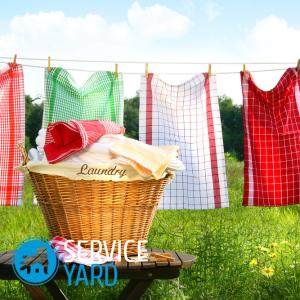
With the advent of modern washing machines and various bleaching agents in homes, many housewives forgot how to boil their laundry at home. But sometimes this process is simply necessary if the household is allergic to chemicals or small children are present in the house. In addition, regular machine or hand wash gradually turns white products into grayish, and I want things to always have a fresh snow-white look. And then old grandmother’s recipes come to the rescue, how to boil linen at home. It is in this way, having correctly selected the proportions of suitable products and following the rules of technology, it is possible to achieve an impeccable result that no modern detergent chemistry will give.
to contents ↑Boiling laundry at home - what fabrics can be processed?
The most ancient and reliable method of disinfection and restoration of snow-white is boiling laundry for bleaching. This type of washing was very popular in those days when all clothes and linen were made from natural materials: cotton and linen.
Ours is much more complicated, because many products contain synthetic fibers that “do not like” high temperatures. Therefore, before boiling things, be sure to carefully study all the labels on the clothes. In this process, find out what material the products are made of and whether they can be exposed to high temperatures.
to contents ↑Important! Boiling laundry for bleaching only linen and cotton materials is recommended. From this they will become truly pure and snow-white, but will not lose their density, strength.
The main goals of boiling
To understand whether it is worth doing this rather laborious and time-consuming process, you need to know not only how to boil your laundry at home, but also what this process gives. The advantages and possibilities of such a procedure are as follows:
- Disinfection of linen and children's things.
- Laundry of linen from natural fabrics without the use of allergenic products.
- Removing the most difficult stubborn stains from towels and linen.
- The return of freshness to washed things.
- Whitening natural fabrics.
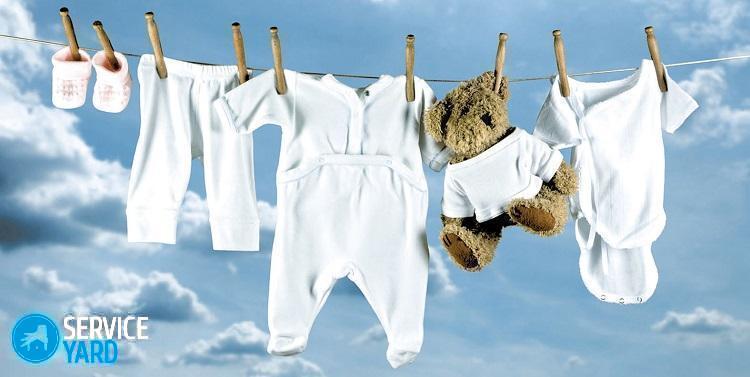
What tools are needed to boil the laundry?
If you don’t have a washing machine that has a special function for boiling clothes, then for this procedure you will need:
- Large enamel pan or boil-out (basin). You can use a galvanized tank, if any.
- Wooden tongs (wooden stick) for mixing laundry.
to contents ↑Important! Cooked cookware for digestion should be free of chips and rust. Otherwise - you only ruin things. Instead of a wooden stick, you can use a wooden spoon or spatula, the main thing is that you do not get burned while working with boiling water.
Detergent compositions
To properly boil the laundry, you need to choose a suitable detergent composition. As an auxiliary detergent, use one of the following options:
- Laundry soap. Grate the soap. For 1 liter of water, use 20 grams of laundry soap, and for greater effectiveness, add 1 tbsp. a spoonful of soda. You can use as soda ashand food. They both soften water well.
Important! If items are washed and stains are old, then increase the concentration of ingredients during boiling.
- "Persol." For 5 liters of water, take 2 large tablespoons of oxygen bleach. “Persol” does not contain chlorine, therefore it will not harm the tissue.
- Detergent + ammonia. In a solution of any detergent, add 1 tbsp. a spoonful of ammonia in 5-6 liters of water.
- Soda + salt. If you could not bleach things in a normal soap solution, then use the following recipe: 25 grams of soda and 25 grams of salt per 1 liter of water.
- Chlorine You can bleach things with the following means: for 10 liters of water, 0.5 liters of bleach, 500 grams of salt and 500 grams of powder. Chlorine can be replaced with bleach. This recipe should only be applied to strong fabrics such as linen. But do this infrequently, since not even every cotton can withstand the prolonged exposure to such an aggressive solution.
Important! Chlorine is absolutely not suitable for people suffering from allergic diseases, even if you are thinking about how to boil a child’s laundry. In addition, bleach cannot be used to boil colored things, as they will completely lose color.
- Ammonium chloride + hydrogen peroxide. To bleach textiles, add to the soap solution 2 tbsp. tablespoons of hydrogen peroxide and the same amount of ammonia. Cook textiles for no more than 50 minutes.
Important! Things of babies must be disinfected, this is especially true in the first days and weeks of the baby, when the umbilical wound heals and any infection is dangerous. To boil baby clothes and diapers, use only baby soap, and reduce the boiling process to half an hour. Rinse things thoroughly after digestion.
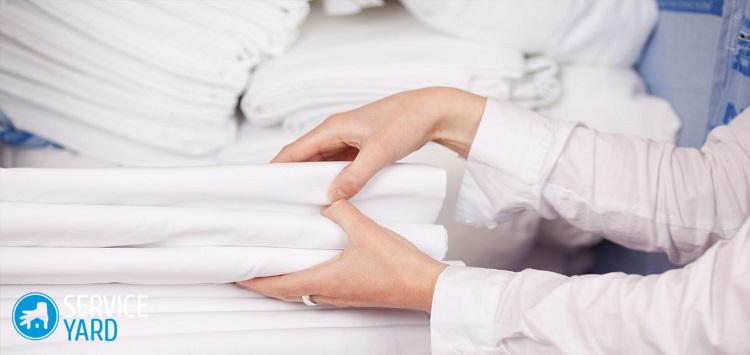
Basic boiling rules
Since ancient times, there are basic rules for boiling at home, which must be adhered to if you decide to boil the laundry:
- The digestion container must be perfectly clean, without damage and have a lid.
- For 1 kg of dry linen, at least 10 liters of water are needed.
- To make laundry soap dissolve faster - grate it.
- Correctly calculate the mixture for digestion: for 1 liter of water - 25 grams of the mixture.
- Before boiling, always shake the laundry.
- Do not boil things of different colors at the same time.
- In the prepared solution, you need to put things, and then put the container on fire. If you first boil the solution, and then immerse things, the result will be exactly the opposite: the dirt will weld on the laundry forever.
- Do not put things too tightly so that the spots are evenly washed and it is more convenient for you to mix.
- In the room where the laundry is boiled, the window should be constantly open, especially when using auxiliary substances such as bleach and ammonia.
- For uniform cooking, periodically mix the laundry with a wooden stick or tongs.
- Soak very dirty things first in a soap solution, and then boil.
- So that the foam does not spill onto the stove, after boiling water, tighten the fire
- After boiling, leave things in solution until cool.
- Dry boiled products in the fresh air, on the sunny side, so that they are filled with a fresh aroma.
Important! All rules apply to natural fabrics; products made from synthetic materials are not boiled!
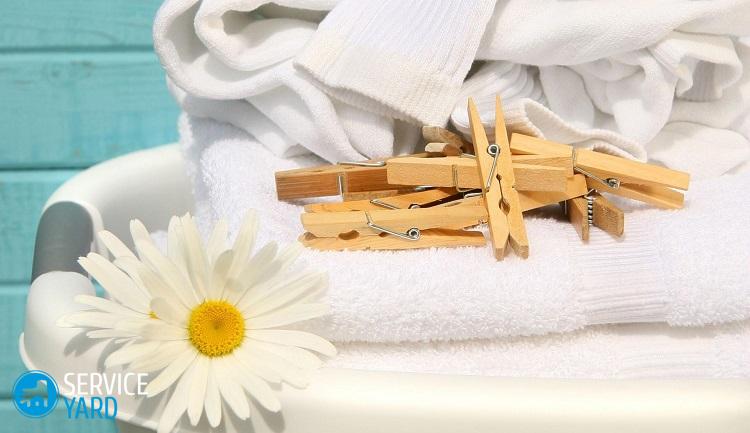
How to boil white linen?
Wash white things is always difficult, so the method of boiling in this case is the most effective. However, this method requires certain skills and knowledge.
Traditionally, the process of digesting white products takes place in a special pan. Usually an enameled container or stainless steel bowl is used.
Important! Zinc and aluminum are not suitable for these purposes, since these materials oxidize when heated. As a result of using such pans, reddish stains form on things.
How to boil linen in a pan?
- Choose a pan or boil pot so large to fit all the necessary things. Do not forget about the ratio of water to linen, which should also fill the tank (10 liters of water per 1 kg of things).
- Pour water into the enameled container - a little more than half the pan.
- Stir in water detergents and, if necessary, additional ingredients.
- Immerse the laundry in the solution container. Water should completely cover things (add water if necessary).
- Put the pot on the fire
- After boiling water, reduce the heat and mix things with wooden tongs.
- If you previously soaked the laundry, then 40 minutes are enough for digestion, if not, boil for up to 2 hours. If you used powder instead of laundry soap, reduce the digestion process.
- After cooling the solution, remove the laundry.
- Rinse things thoroughly several times to completely remove detergents.
- Add a little blue to the last rinse water to refresh yellowed, washed items.
- Dry your items in the fresh air.
Important! In order not to worry about the integrity of things during digestion, put an old towel or a white rag on the bottom of the pan.
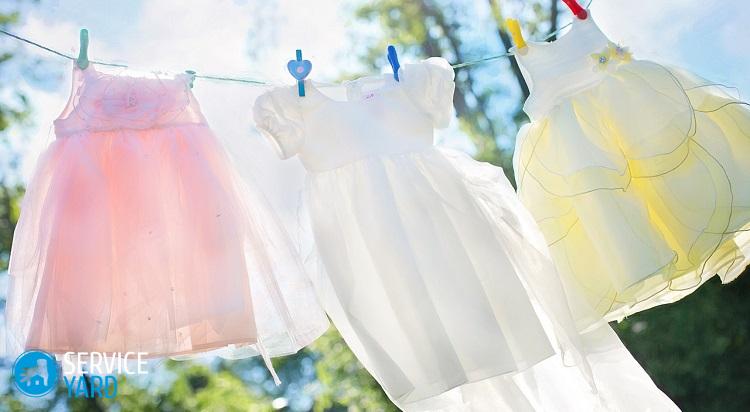
How to boil bleach - popular recipes
There are several ways to whiten natural fabrics, choose the most suitable for you.
Method number 1:
- Prepare a soap-soda solution: for 1 liter of water, 20-25 g of laundry soap and 20-25 g of soda (any).
- For 1 kg of linen, 6 l of solution is necessary.
- Boil the laundry in an enamel bowl for 1.5-2 hours.
- Put the cooled things in the bath and rinse.
- White jeans can also be boiled in this solution, but only for no more than an hour.
Method number 2:
- Mix 500 g soda and 500 g bleach.
- Pour the mixture into a container with 10 liters of water and strain.
- If bleach is not, then use bleach.
- In the container with the solution, place the laundry and boil for 1.5-2 hours.
- After processing, rinse thoroughly and dry in the fresh air.
Method number 3:
- To eliminate gray deposits, soak things in salt water: add 5 cups of salt to 5 liters of water.
- Leave things for 50 minutes.
- Then put the pot with things on the fire.
- Boil the products for 30 minutes.
- Rinse and squeeze out the cooled things.
Method number 4:
- To a soap-soda solution add 2 tbsp. tablespoons of ammonia and 2 tbsp. tablespoons of hydrogen peroxide.
- Boil the laundry for no more than 40 minutes.
Method number 5:
- Soak things in cold water with soda.
- Leave the laundry for 30 minutes.
- Laundry soap (72%) grate and add to the solution.
- Pour in hot water and boil for half an hour.
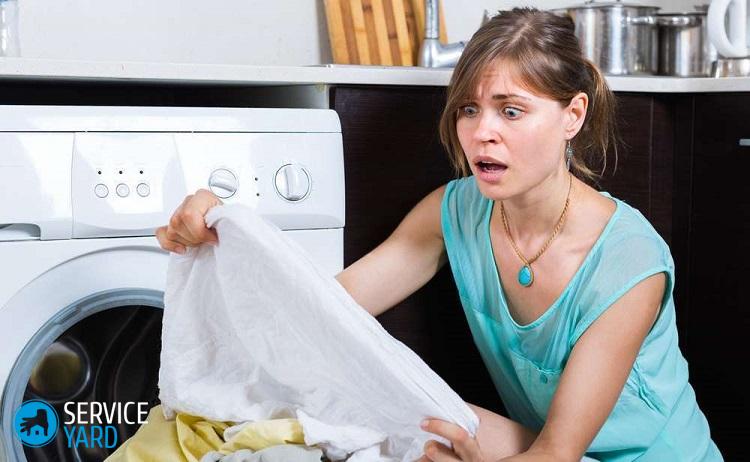
Method number 6:
- In 5 liters of water, dissolve 3 tablespoons of a 3% hydrogen peroxide solution.
- Soak the laundry in the solution for 1 hour.
- Boil things for half an hour according to the usual procedure.
- Dry things in the sun, as the sun's rays have a good effect on their whitening.
Important! If you use hydroperite instead of peroxide, dissolve 10 tablets in 10 liters of water. The boiling procedure is similar.
Method number 7:
A great way to whiten shirts, socks and other things of everyday use is a solution of boric acid:
- Soak things for 30 minutes in a solution: 3 liters of warm water and 2 tbsp. tablespoons of boric acid.
- Boil things for an hour in the usual way.
Important! Boric acid will not only bleach products, but also save them from fungus.
Method number 8:
- Pour hot water into an enameled container.
- Add 200 g of washing powder and a few crystals of potassium permanganate.
- Fold things in a container with a solution and put on fire.
- Boil the laundry for 40 minutes and then rinse thoroughly.
- Dry in direct sunlight.
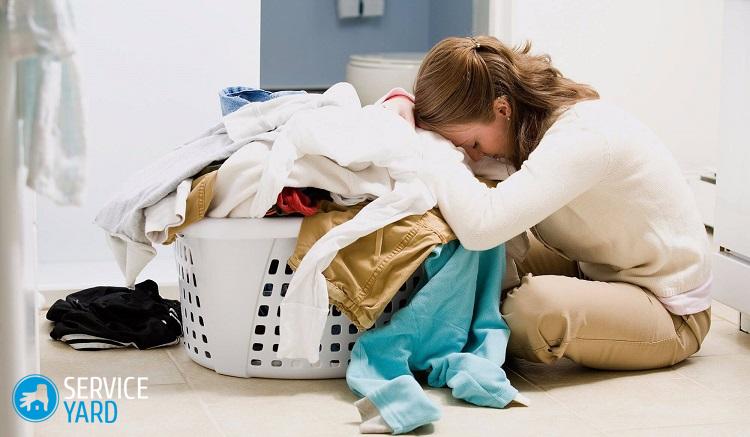
Helpful hints:
- Boil cotton items separately from linen. Always sort fabrics by type before boiling.
- Boil things no more often than after 5-6 washes, otherwise the fabric will lose its strength.
- If you want to boil overalls, then use the following solution: in 10 liters of water, dissolve 0.5 kg of laundry soap, 300 g of soda and 300 g of silicate glue.Stir the solution thoroughly and add a few tablespoons of kerosene. Dip things in a solution and boil for an hour. Transfer the boiled things into a soap solution and cook for further 40 minutes. Rinse things a few times.
- Rinse thoroughly after boiling. If you do this using a machine, then select the “Super Rinse” mode, if manually - rinse things at least 3 times in warm water.
- Dissolve bleaches containing chlorine well in water, since getting them directly on the fabric in concentrated form can ruin the product.
- Use whiteness only for strong and dense fabrics, as this is a fairly strong chlorine bleach.
- Use bleach soda for children's items. In 10 liters of water, take ы cup baking soda. Soak the children's clothes in the solution for several hours, if necessary (if the things turn yellow), boil the laundry for half an hour, and then rinse thoroughly.
Stock footage
We hope that in the article we answered the question that interests you: how to properly boil linen, and how much time to spend on it - it all depends on the purpose, fabric and detergent composition. We wish that your linen is always clean and snow-white!
- How to choose a vacuum cleaner taking into account the characteristics of the house and coatings?
- What to look for when choosing a water delivery
- How to quickly create comfort at home - tips for housewives
- How to choose the perfect TV - useful tips
- What to look for when choosing blinds
- What should be running shoes?
- What useful things can you buy in a hardware store
- Iphone 11 pro max review
- Than iPhone is better than Android smartphones



